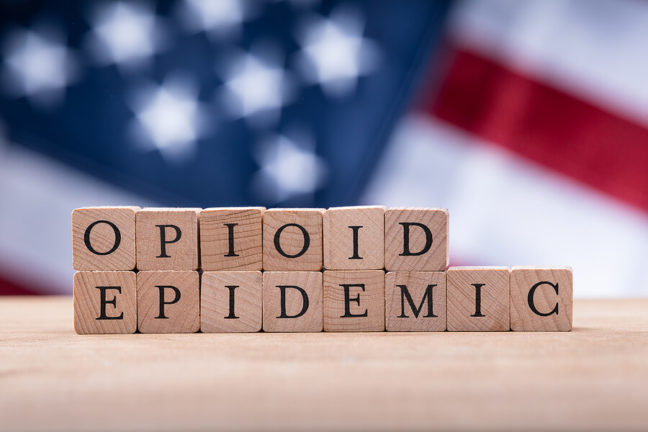
Opioid Settlements: How to Optimize the Expected Funds to Reduce the SUD Crisis
January 11, 2022

With the opioid crisis being one of the worst public health emergencies our country has faced in decades, preventing prescription drug abuse remains a top priority in the U.S. According to data from the CDC, more than 100,000 Americans lost their lives to drug overdoses during the 12-month period ending in April 2021. That’s almost a 30 percent increase from the same period the year before.
Fortunately, many local governments are anticipating funds from opioid litigation settlements, potentially putting billions of dollars into state and local coffers earmarked specifically for fighting the substance use epidemic that’s ravaging the country.
In this article, we’ll be discussing expected sources of opioid settlements funds, as well as how government officials can help ensure these funds go toward evidence-based strategies and solutions that protect the communities they serve.
Where will these opioid settlement funds come from?
On July 21, 2021, a $26 billion settlement offer was made by opioid manufacturer Johnson & Johnson ($5 billion) and the “big three” distributors McKesson, AmerisourceBergen, and Cardinal Health ($21 billion) to resolve their liabilities in over 3,000 opioid crisis-related suits nationwide.
Forty-two state governments have “signed on” to become part of this settlement, enabling them to tap into millions in expected funds. For example, in Idaho, all 24 eligible cities and 44 counties in the state agreed to join the settlement. In total, Idaho could receive up to $119 million, paid over the course of several years.
Another potential source of opioid settlement funds is from major pharmacies. For example, CVS, Walgreens, and Walmart are currently defendants in a case that alleges they distributed massive amounts of pain pills in two Ohio counties, leading to hundreds of overdose deaths. If, and how much, the pharmacies will pay in damages will be decided in spring 2022 by a federal judge.
While this case solely involves Ohio, the verdict of the trial could set the tone for how other city and county governments across the U.S. hold pharmacies accountable for their roles in the opioid crisis.
The importance of effectively allocating opioid settlement funds
If used properly, these opioid settlement funds, and others that may come in the future, could mitigate harms and save countless lives. States and communities have one chance to properly allocate these funds and, as such, careful consideration and planning must be applied.
The 1998 tobacco settlement serves as a cautionary tale of missed opportunities to fortify public health and save more lives. Mere fractions of the $200 billion-plus tobacco settlement have gone toward preventing smoking and helping people quit. Instead, much of the money has been used to help balance state budgets, lay fiber-optic cable, repair roads and bridges, and build stadiums.
For the health and safety of our communities, we can’t make that same mistake with the opioid settlements.
How should the opioid settlement funds be spent?
As opioid settlements are reached, we must learn from the missteps with the tobacco settlement. That means dedicating more of the opioid settlement funds to building the public health systems we need to better respond to the opioid crisis. This includes:
- Bolstering prevention efforts, including screenings and naloxone distribution programs
- Providing resources to residential and community-based treatment and recovery services
- Strengthening the nation’s behavioral health workforce capacity
- Focusing on underlying problems that promote addiction, such as childhood trauma
- Improving healthcare professionals’ addiction training
- Expanding access to medication-assisted treatment
- Researching addiction
- Addressing the stigma associated with addiction
- Investing in mental health and supportive housing
- Supporting criminal justice programs and law enforcement, including jail diversion
- Monitoring the practices of the pharmaceutical industry
How CHESS Health can support these efforts
CHESS Health works to help the public sector, payers, and healthcare providers combat the substance use disorder (SUD) crisis by providing evidence-based programs that support the addiction management and recovery lifecycle.
Our fully integrated digital platform can help ensure the opioid settlement funds your county receives go toward supporting SUD patients in achieving higher abstinence rates and reduced relapses, as well as lowering the total cost of care.
To learn more about our evidence-based programs that support recovery, get in touch with CHESS Health today.
